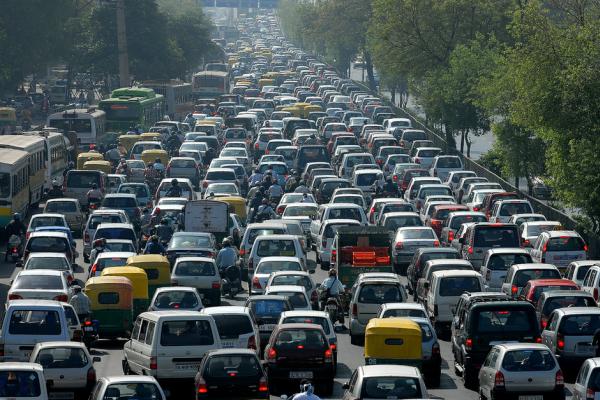Published on the 10/08/2015 | Written by Newsdesk

A study of over 2000 Kiwi businesses has found that the current Windows 10 upgrade has caused UFB congestion to increase by an average of 40 percent…
The research, from local telecommunications company Digital Island, found the four gigabyte-sized, free upgrade to the popular operating system has caused a daily average increase to UFB traffic of around 40 percent – with peak network traffic increasing by over 100 percent at times.
Digital Island CEO Blair Stewart said that while the upgrade is being progressively released to users, the increase in traffic volume is already significant and set to continue as hundreds of thousands of computers throughout the country download the new operating system.
Stewart said each upgrade takes around half an hour at peak UFB speeds.
“Although it’s not known how many computers in New Zealand are eligible for the free operating system update [Microsoft puts it at around two million], we can estimate that for every million computers, 4000 terabytes of data will be transferred.”
Stewart said that as businesses are increasingly reliant on internet connectivity, it becomes increasingly important for broadband infrastructure to offer stability.
“One of the key selling points of UFB for businesses was to improve video conferencing and VoIP call capacity and quality, but these are the first things to be affected when there is a high number of users all downloading and streaming at the same time,” he noted.
For many companies which have adopted UFB, an inability to provide top quality video conferencing or VoIP calls can reflect negatively. “The reality is that these are shared lines, and the speed is subject to performance variation, especially at peak times, which means that homes and businesses won’t always get that top speed all the time.”
Stewart said UFB speeds in some areas are dipping as low as 2mbps – what he says is a far cry from the advertised ‘up to 100mbps’ touted by many telcos.
“We believe this issue is only going to get worse as the uptake of UFB accelerates. Currently just 14 percent of the country is connected, but the congestion is set to increase and affect performance more as this number grows.”
Government figures for the first quarter of this year show a 23 percent increase in the number of end users connecting to UFB, with over 618,000 homes, workplaces and schools now able to connect.
UFB solutions which guarantee a set level of throughput are available, combatting issues of contention or high demand for downloading such as that being caused by Microsoft’s update and the ‘Netflix effect’.



























